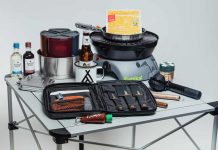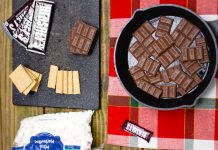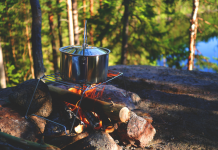When Fredrik Norrsell and Nancy Pfeiffer launched into the Alaska wilderness with only a spice kit in their trip pantry, they planned to not just survive but thrive on wild food. Bound for Prince William Sound in late summer, the couple assured friends it would be impossible to starve to death.
A bald eagle perched in the gray branches of an old snag stared intently at the choppy water of the inlet. I sat in my kayak, bobbing with the waves in the pouring rain, jigging up and down with a rhythmic motion of my wrist. The eagle and I were doing the same thing—fishing, waiting, hoping, trusting that something to eat would come our way. A tiny wiggle traveled up the fishing line resting in my fingers. I jerked upward. Nothing. I went back to jigging, staring at the silver sea. Eventually, the eagle flew away. I paddled back to the beach disappointed. Fishing when you are hungry is different than fishing when you are not.
The five mile diet: Thriving on wild food
Fredrik and I had begun our two-week trip a few days earlier. We brought with us a slew of fishing gear, a collapsible shrimp pot, a small fish smoker, a garden trowel for digging roots, and an assortment of spices and condiments. The bulk of our sustenance we planned to collect from the land and the sea as we traveled.
Efficient hunting and gathering techniques and the abundance of life in Prince William Sound had allowed the native Chugachmiut and Eyak people to develop a rich, self-sufficient culture. Fredrik and I aspired to thrive in the same way. We wanted to make it as easy on ourselves as possible, so we planned our trial excursion for early August, when millions of salmon would be returning to the streams to spawn and an abundance of wild berries would be hanging in ripe handfuls. We hoped to eat well and have time leftover to enjoy this magical place.
Working as a kayak guide, I was accustomed to paddling 10 to 15 miles a day, 20 feet offshore. Finding a scenic camp and serving my guests a delicious dinner hunted and gathered from an Anchorage grocery store was part of my repertoire. Living off the land would require me to slow down. As we paddled, we scanned the shoreline for berries, jigged for bottom fish at steep drop-offs in the ocean floor, and poked into every small stream to see if it had a salmon run. We averaged less than five miles a day.
Foraging skills come into focus
As I explored each potential camping beach for fresh edible greens, I found myself experiencing the country at a deeper level than ever before. Small details I never noticed before became important. How quickly do salmonberries ripen? On cloudy days, patches just off the beach along west-facing hillsides allowed me to re-pick every two to three days. I found that I could reliably find the salty spikes of goose-tongue greens a few feet above mean high water level in most protected bays. Although many of the wild woodland edibles I was familiar with—twisted stalk, Arctic dock, wild violet—were bitter and tough by August, avalanche paths, which frequently deposit huge piles of snow at sea level in the winter, provided vegetation months behind in the growing cycle. Slowly, my observational skills became more acute. I wondered how I would see the world if I had come from generations of living off this land as had the Native people of Prince William Sound.
Deep Water Bay had everything I loved in a campsite. Steep, smooth granite walls fell into a deep fiord, glaciated peaks reached toward the skyline, a blonde sand beach beckoned us to camp for a week. But there was a problem. Those vertical rock walls produced picturesque waterfalls but no salmon runs. The thin soil of recently glaciated country is poor in nutrients. The few pockets of wild edibles to be found were perched frighteningly high on small shelves. We suspected that these deep, cold waters would harbor delectable shrimp, but a storm tide two days earlier had stolen our shrimp pot. It was late and we had no choice but to spend a hungry evening in this lovely place. But like the Chugachmiut before us, we could not settle there.
Beach green salads and blueberry desserts made tasty side dishes, but to truly feed ourselves we needed fish. While I was an experienced kayaker, I was a novice angler.
Sustenance by salmon
One afternoon just before high tide, Fredrik and I noticed the shiny, round head and huge, dark eyes of a harbor seal bobbing at the mouth of a river. Like us, it had come to fish. I trundled over to the river’s edge in my rain gear and immediately found myself fighting a thrashing five-pound salmon. My reel was set up right-handed; I am a lefty. I watched in horror as the line flew off the reel and tangled into an indecipherable mess. Unwilling to let my dinner get away, I grabbed the thin monofilament with my bare hands and dragged my squirming prize onto shore, where I full-body tackled it. Looking up from the wet grass to make sure my husband had registered my accomplishment, I noticed he had a fish on as well. He was expertly playing it with his fishing rod in hand. We were suddenly, unbelievably rich.
In the Alaskan salmon hierarchy, pinks are near the bottom, outranked by the bright red meat of sockeye salmon and the gigantic size of king salmon, not to mention the hard-fighting, late season silver, which we hoped would arrive soon. While many Alaskan salmon snobs won’t bother fishing for pinks, a freshly caught pink salmon cooked just right makes a delicious meal.
Fredrik’s small, portable fish smoker was the same kind his family used to preserve lake trout caught at their cabin in northern Sweden. Some of our freshly caught fish we would eat hot smoked for dinner that night. The rest we would cold smoke—an overnight soak in a salt, sugar and soy sauce brine, and then a slow, cool smoke over alder chips resulting in a salty, smoky treat that keeps for days.
That evening, as a drowning rain beat loudly on our tarp, we delighted in a dinner of alder-smoked salmon and a salad of oyster leaf, beach lovage, beach greens and wild peas, with blueberries for dessert. Afterwards we leisurely sipped spruce tip tea.
With each successful meal, my fledgling confidence in our ability to live comfortably on the coast was growing. I took pleasure in learning about an aspect of this country I had never explored before. With every bite, this place became more a part of me.
Steamed flounder with red onion and dill, served with beach green and wild blueberry salad and boiled goose tongue greens with garlic. | Feature photo: Fredrik Norrsell



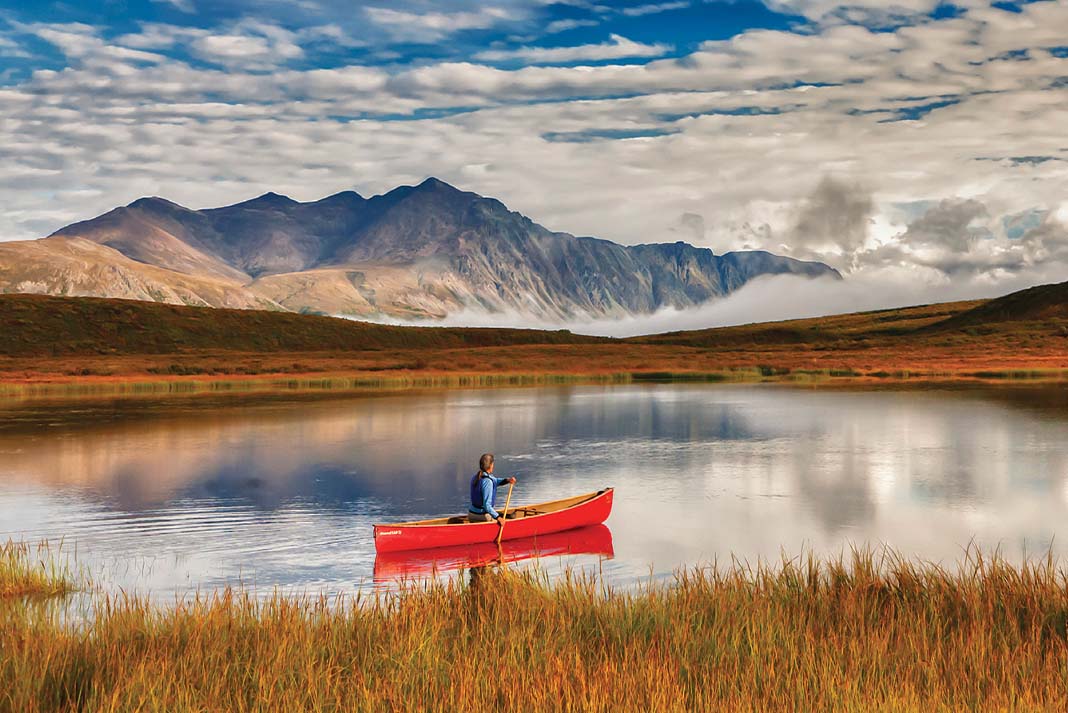
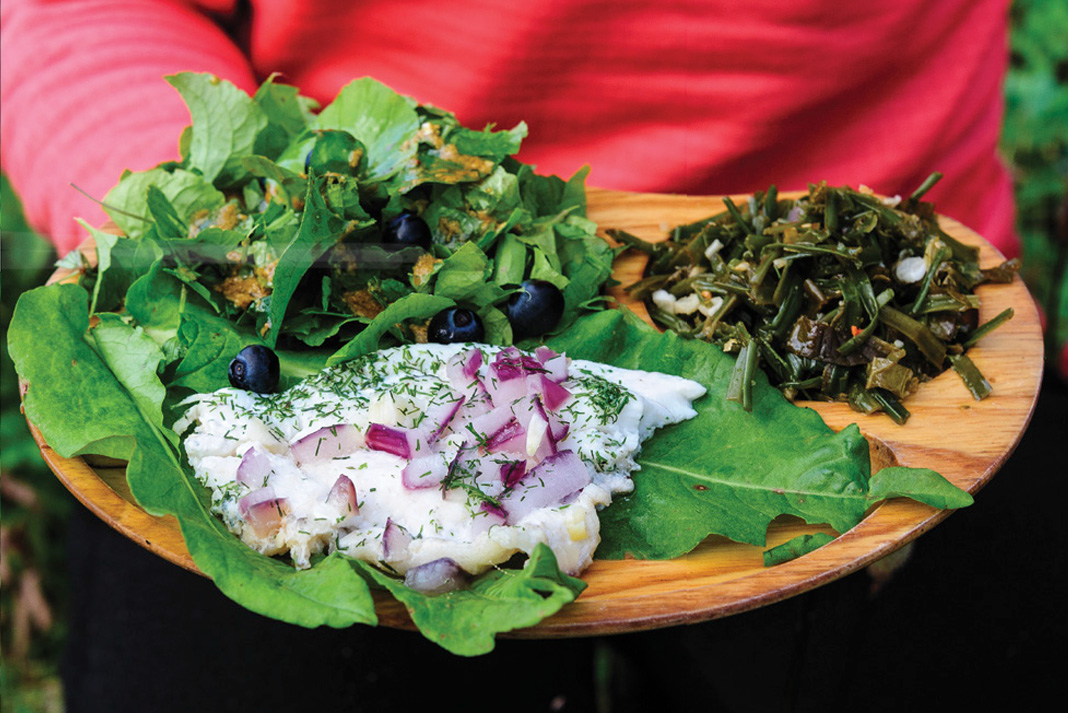
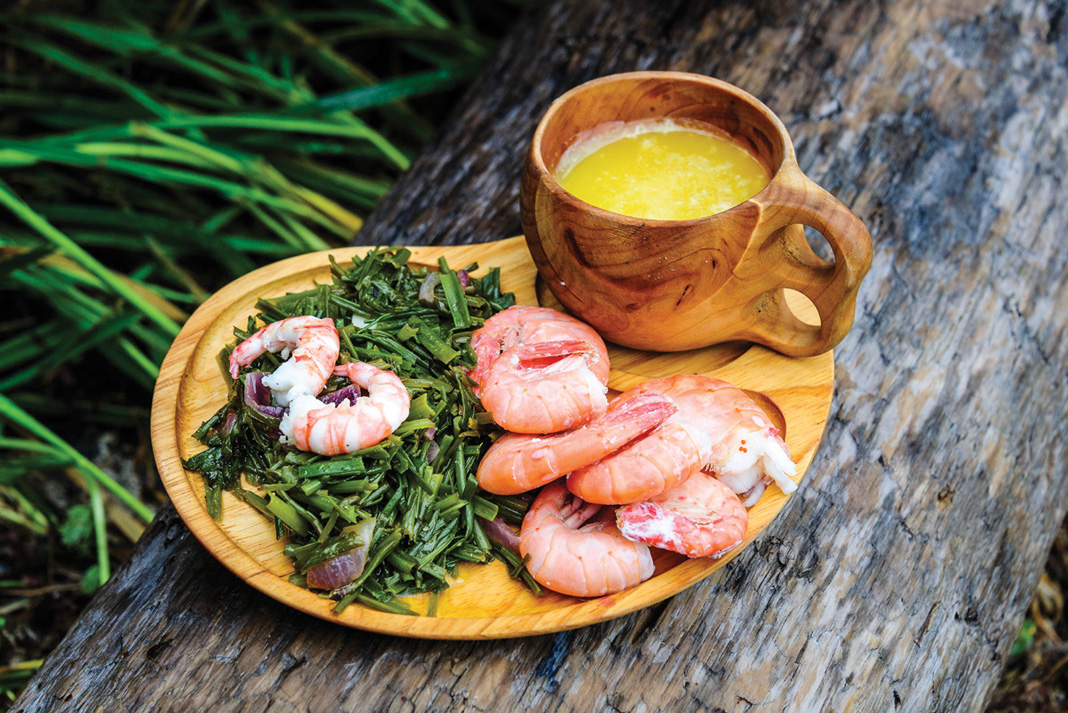
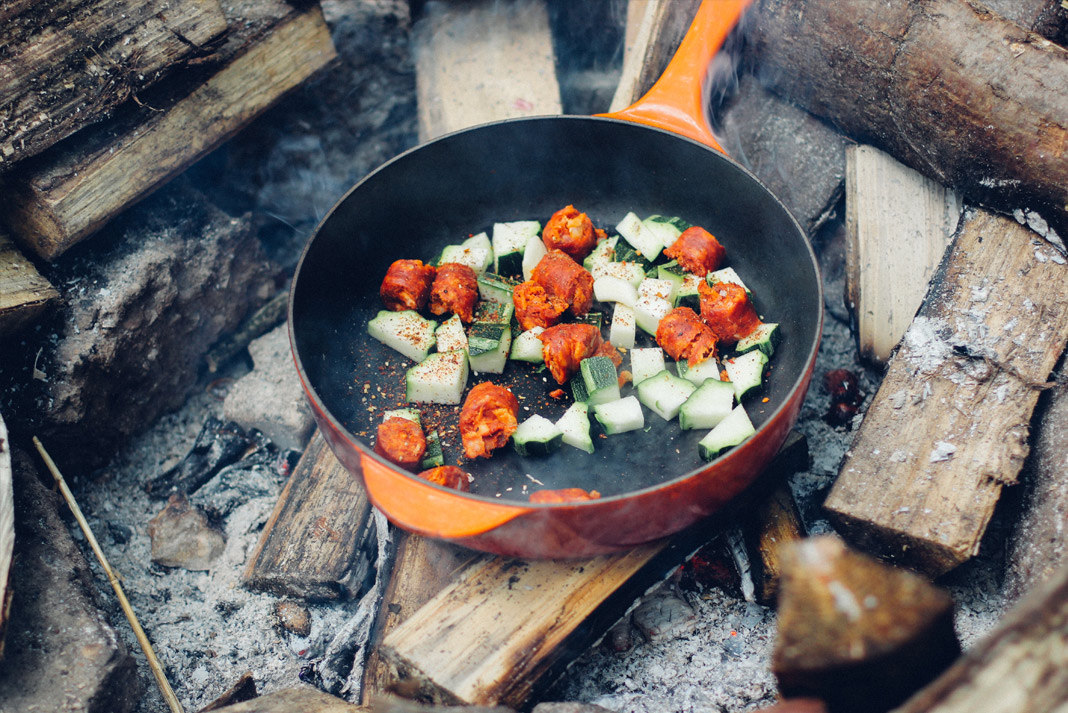

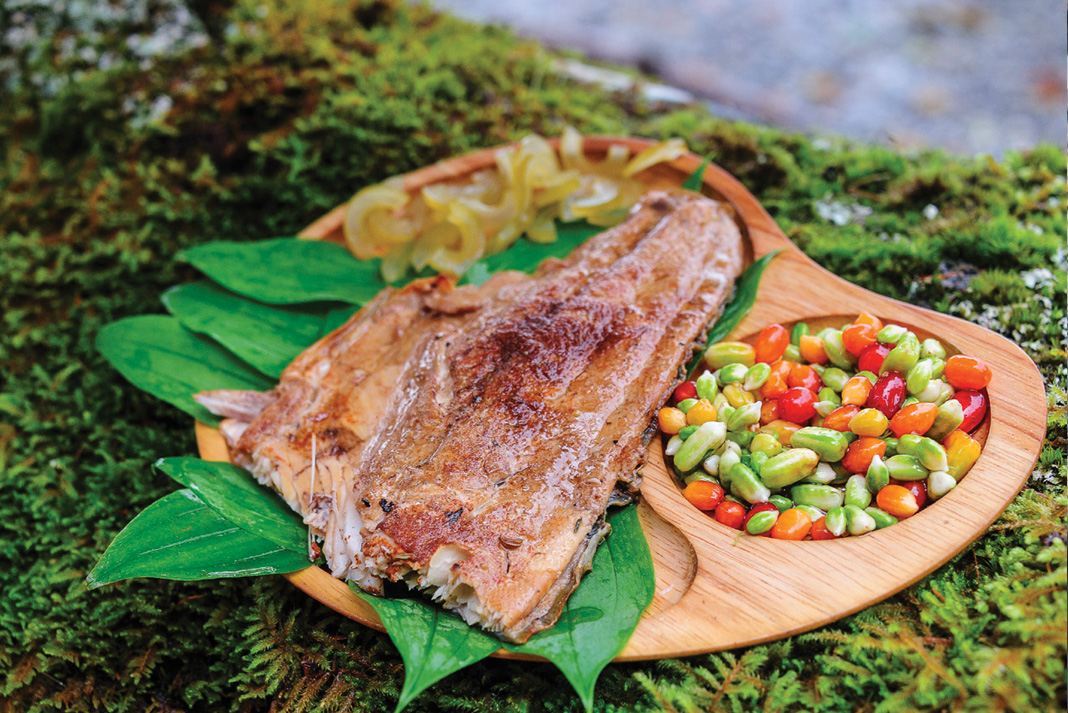
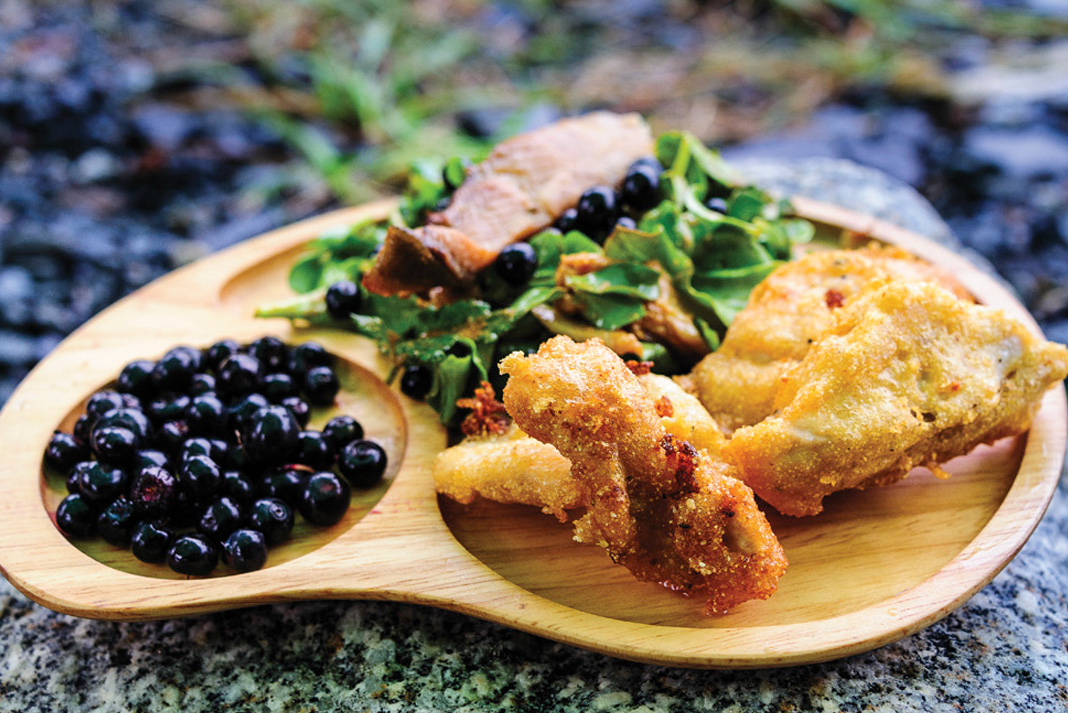
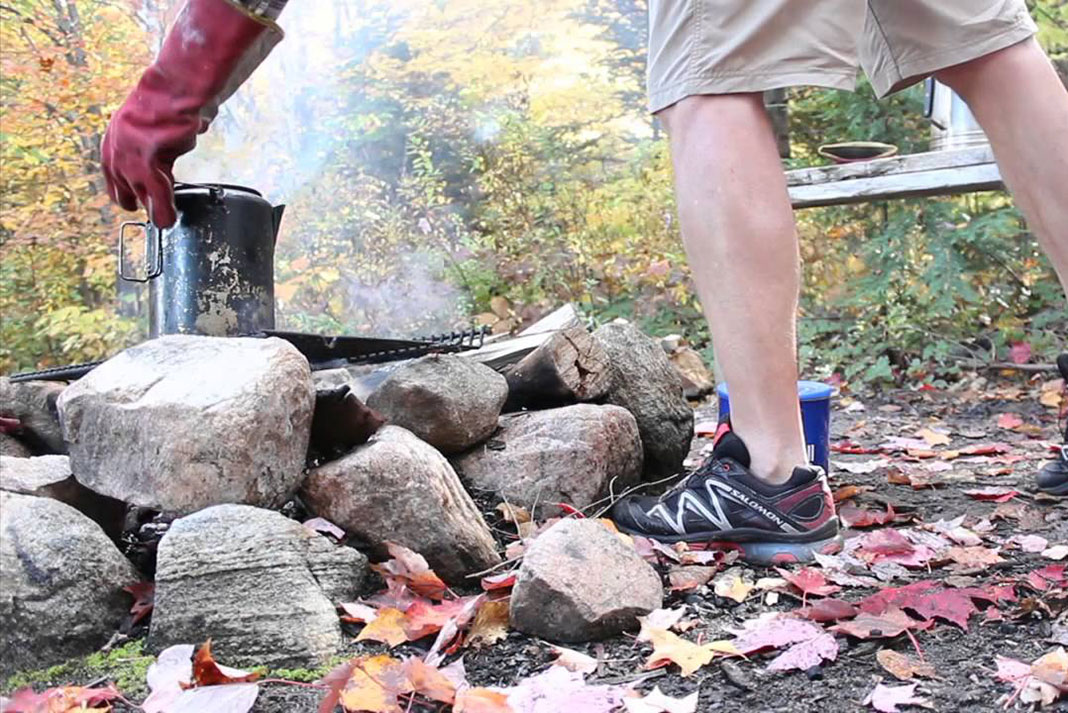
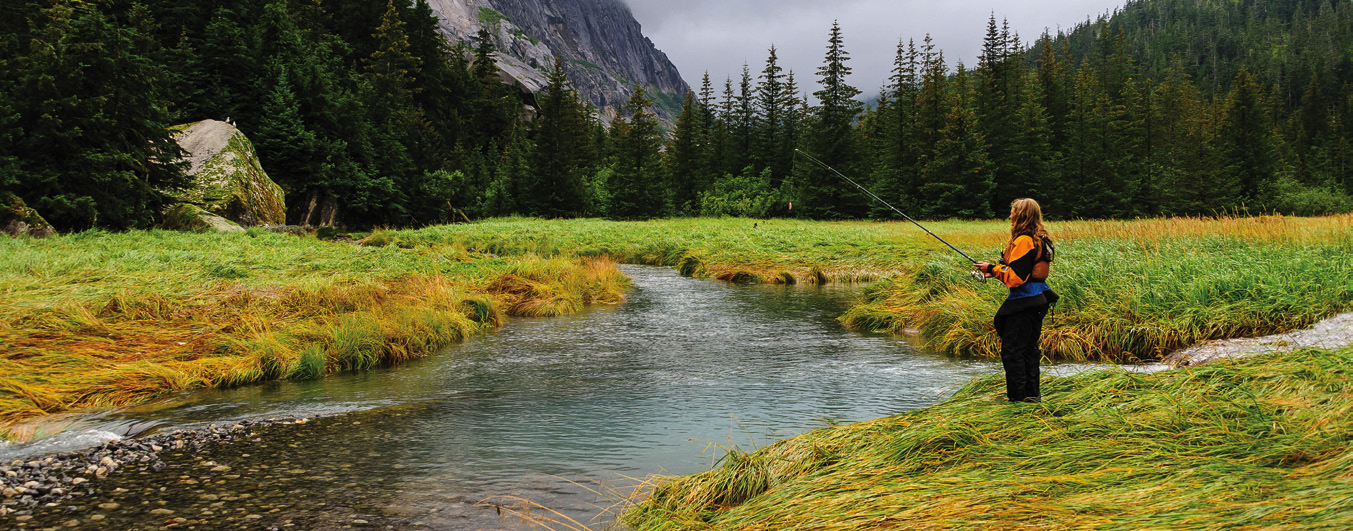

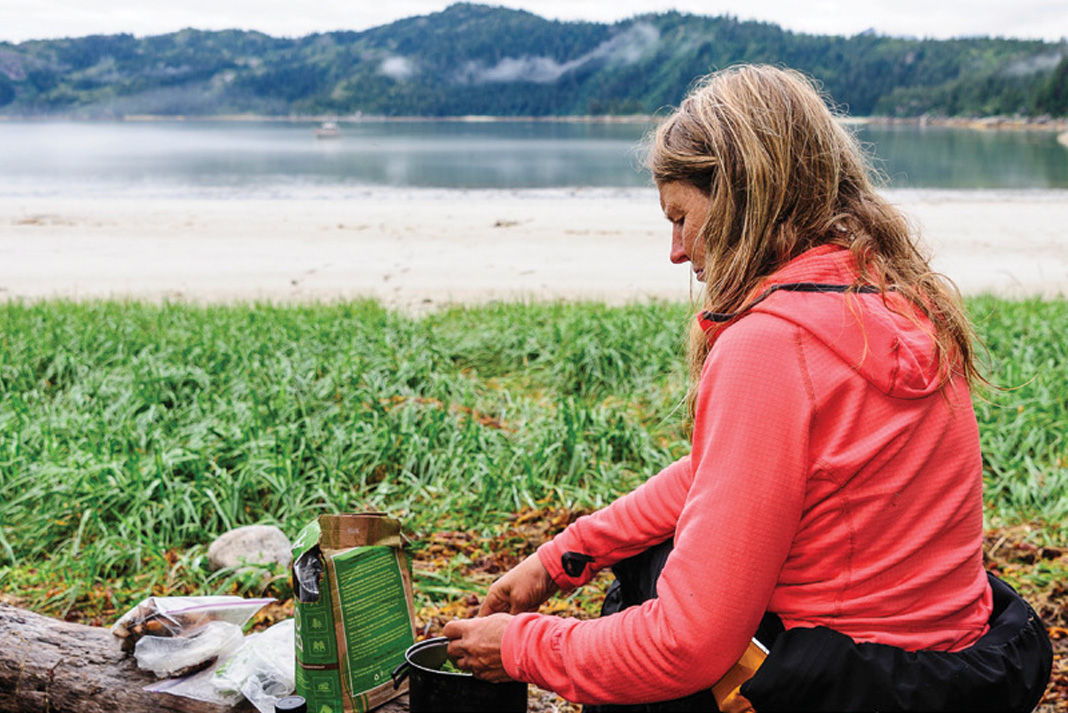
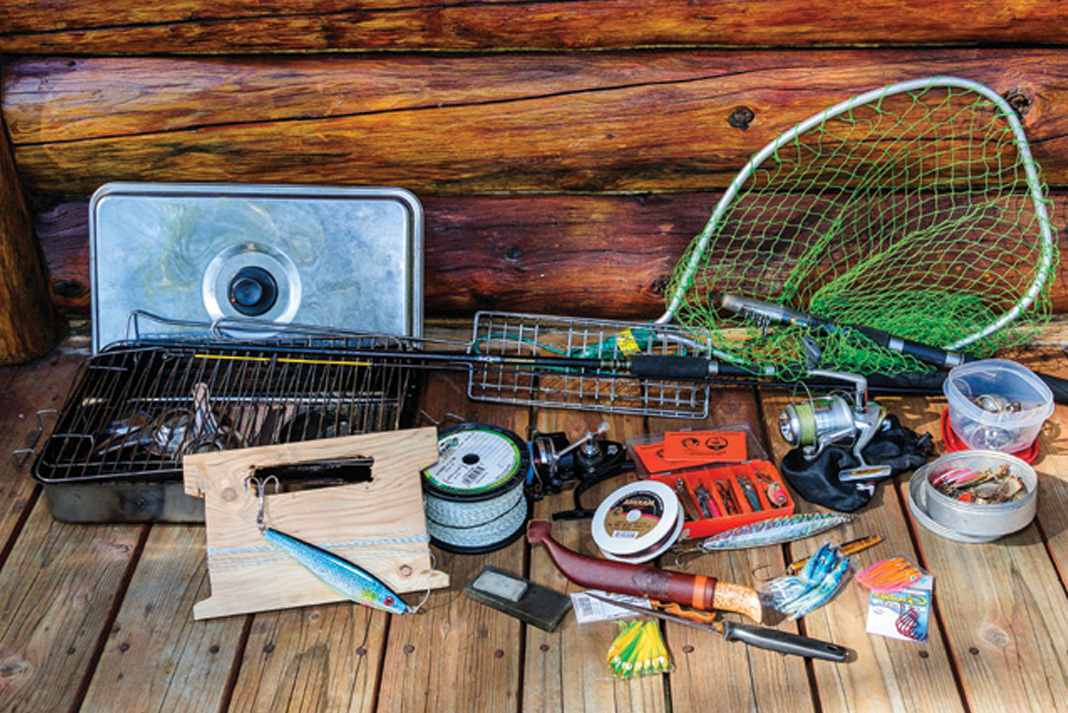
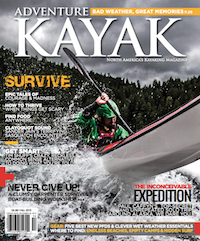 This article was first published in the Fall 2015 issue of Adventure Kayak Magazine.
This article was first published in the Fall 2015 issue of Adventure Kayak Magazine. 
